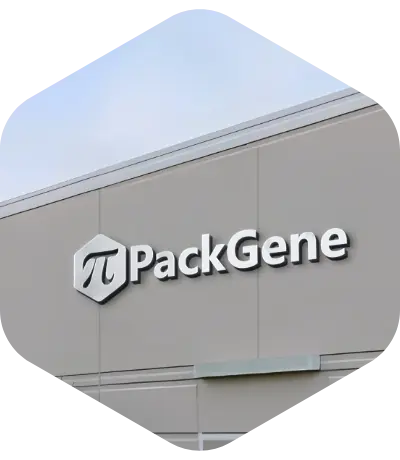
简介:
- 作者: Liang Xu, Zong-Qin Xiang, Yao-Wei Guo, Yu-Ge Xu, Min-Hui Liu, Wen-Yu Ji, Shu He, Wen-Liang Lei, Wen Li, Zheng Wu and Gong Chen
- 杂志: BioRxiv
- Doi: https://www.doi.org/10.1101/2022.06.21.496971
- 出版日期: 2022 Jun 2
论文中使用的产品/服务
Quotation shows PackGene:Recombinant AAV5 and AAV9 Adeno-associated virus were produced by PackGene® Biotech, LLC, purified through iodixanol gradient ultracentrifuge and subsequent concentration.
Research Field:CNS
AAV Serotype:AAV5 and AAV9
Targeted organ:brain
Animal or cell line strain:Brain surgeries were performed on 4-8 weeks old wild-type mice for viral injection.
摘要
Regenerating functional new neurons in adult mammalian brains has been proven a difficult task for decades. Recent advancement in direct glia-to-neuron conversion in vivo opens a new field for neural regeneration and repair. However, this emerging new field is facing serious challenges from misuse of viral vectors to misinterpretation of conversion data. Here, we employ a variety of AAV vectors with different promoters and enhancers to demonstrate that astrocytes can be converted into neurons in a NeuroD1 dose-dependent manner in both wildtype (WT) and transgenic mice. Notably, astrocytes in WT mice were relatively easy to convert with higher conversion efficiency, whereas lineage-traced astrocytes in Aldh1l1-CreERT2 mice showed high resistance to reprogramming but were still converted into neurons after enhancing NeuroD1 expression with CMV enhancer. Furthermore, under two-photon microscope, we observed direct astrocyte-to-neuron conversion within 3 weeks of serial live imaging in the mouse cortex. We also demonstrated that high titre AAV reaching 1013 GC/ml caused severe neuronal leakage using a variety of AAV GFAP::GFP vectors, highlighting the necessity to inject low titre AAV into healthy brains to avoid artifactual results. Together, our studies suggest that lineage-traced astrocytes can be converted into neurons but require stronger conversion force such as enhanced NeuroD1 expression. Failure to recognize the difference between WT astrocytes and lineage-traced astrocytes in terms of conversion barrier will lead to misinterpretation of data.
关于派真
作为一家专注于AAV 技术十余年,深耕基因治疗领域的CRO&CDMO,派真生物可提供从载体设计、构建到 AAV、慢病毒和 mRNA 服务的一站式解决方案。凭借深厚的技术实力、卓越的运营管理和高标准的服务交付,我们为全球客户提供一站式CMC解决方案,包括从早期概念验证、成药性评估到IIT、IND及BLA的各个阶段。
凭借我们独立知识产权的π-alphaTM 293 细胞AAV高产技术平台,我们能将AAV产量提高多至10倍,每批次产量可达1×10¹⁷vg,以满足多样化的商业化和临床项目需求。此外,我们定制化的mRNA和脂质纳米颗粒(LNP)产品及服务覆盖药物和疫苗开发的各个阶段,从研发到符合GMP的生产,提供端到端的一站式解决方案。

